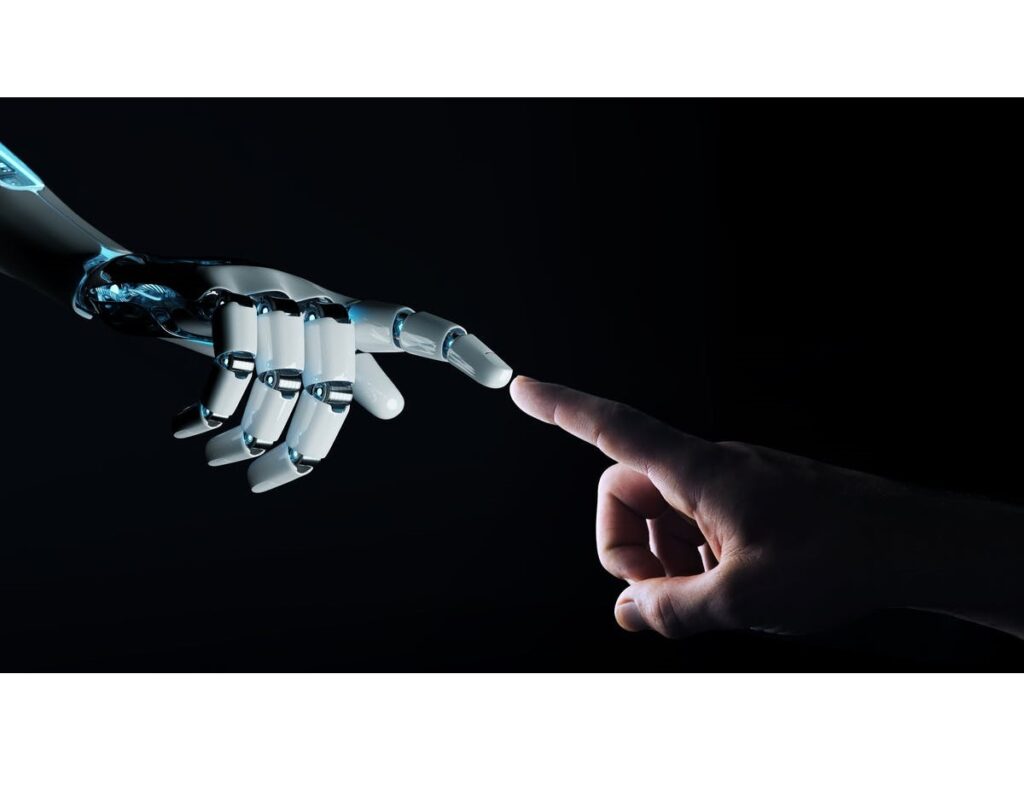After a PhD thesis with SKF at the INSA de Lyon - LaMCoS dedicated to the lubrication of large size roller bearings, Jean-David joined SIMTEC (https://www.simtecsolution.fr/fr/) to continue helping industries to develop their processes and products.
Friction coefficient prediction of soft-EHL
The next time you look for your keys in your bag without looking inside, you will certainly remember what follows! In this blog, we are going to talk about the touch sense. So, here you are, trying to get your keys out of your bag. But you just can’t be bothered to lift your bag closer, open it wider and analyse its content with your sight sense. You just hope your fingers will find this cold and small object which is smooth on one side and really rough on the other one. In a matter of seconds, you will certainly also hear their characteristic noise… but before that your fingers just touch almost all the other items in the bag, and you try to recognise them. At last, you find your holy grail and open that door of yours.
During this whole process of touch investigation, your fingers became five independent tribometers responsible for accurately determining the objects friction coefficient and roughness*. But how did our fingers do that? The ridges really improved the accuracy, and the nerves in the finger pads (the flesh at the tip of our fingers) were sensitive to the vibrations generated by the sliding against the different surfaces. Because the vibrations generated were different between your phone, your little notebook and your business cards box, your fingers were able to distinguish them just before pushing them aside to finally find these keys!

This whole analysis was performed as you know your keys, you know your bag and you can “measure” very different physical quantities to target what you are looking for. Now, let’s consider you want to explain to a robot hand to do the same (see Figure 2)! Or that you want to design an app that provides its user a haptic experience of a virtual object texture! With this type of challenge in mind, Peng et al. [1] worked on the friction of robotic and human fingers on soft ridge and valley micropatterned substrates. In the context of wet or dirty contact, they developed an analysis of such contact to predict the friction coefficient between the soft robotic/human finger and a piece of patterned polymer. The type of lubrication at play here is known as soft elastohydrodynamic lubrication.
The best way to easily “explain” to a robot what friction links to which material (or alternatively to reproduce the touch experience with a haptic screen) would be to have a simple equation that links the material properties, the ridges geometry and the friction… that would be ideal, but friction predictions are hardly ever accurate and most of the time applicable to a limited range of cases. But apparently, in the context of soft lubricated contacts, it is possible to accurately predict the friction coefficient in a specific region of the Stribeck curve!
In the case of the flat-flat soft contact, EHL regime friction coefficient linearly increases with the Sommerfeld number (see the green part of the Figure 3 graph). However, the authors notice that for the patterned contact, the friction coefficient shows a local maximum in this regime. They call this maximum ![]() (see Figure 3). The Sommerfeld number in this study is defined as
(see Figure 3). The Sommerfeld number in this study is defined as ![]() where
where ![]() is the lubricant viscosity,
is the lubricant viscosity, ![]() is the velocity of the sliding body,
is the velocity of the sliding body, ![]() is the static contact area radius,
is the static contact area radius, ![]() is the average film thickness at
is the average film thickness at ![]() , and
, and ![]() is the normal load.
is the normal load.

Peng et al. [1] identified that the reduced version of this friction coefficient (![]() ) is linearly dependent to
) is linearly dependent to ![]() (with
(with ![]() the reduced Young modulus of the tribopair,
the reduced Young modulus of the tribopair, ![]() the reduced Young modulus of a PDMS-PDMS tribopair which is used as a reference here,
the reduced Young modulus of a PDMS-PDMS tribopair which is used as a reference here, ![]() is the width of the pattern hills and
is the width of the pattern hills and ![]() the width of the pattern valleys). This linear dependency is verified for various tribopairs, various velocities, and various loads. Among the tribopairs, both human and robotic fingers on soft materials are tested. All the results are gathered on a single master curve in Figure 4: and the correlation between the reduced friction coefficient and
the width of the pattern valleys). This linear dependency is verified for various tribopairs, various velocities, and various loads. Among the tribopairs, both human and robotic fingers on soft materials are tested. All the results are gathered on a single master curve in Figure 4: and the correlation between the reduced friction coefficient and ![]() is rather convincing.
is rather convincing.

This relation can be used to help robotic hands better interact with soft objects and provide future user interfaces with a basis to make haptic interaction more realistic. Although extensions of this work towards other areas of the Stribeck curve or to irregular textures are sought, the basis demonstrated here is surely a big step forward! To read more about this work, I encourage you to have a look at the full article and to visit the Hsiao Lab webpage!
[1] Peng, Y., Serfass, C.M., Kawazoe, A., Shao, Y., Gutierrez, K., Hill, C. N., Santos, V. J., Visell, Y., Hsiao, L. C., Elastohydrodynamic friction of robotic and human fingers on soft micropatterned substrates. Nat. Mater. (2021). https://doi.org/10.1038/s41563-021-00990-9
* Shape, stiffness and thermal diffusivity are also analysed by our fingers, but that’s another topic.



Be the first to comment